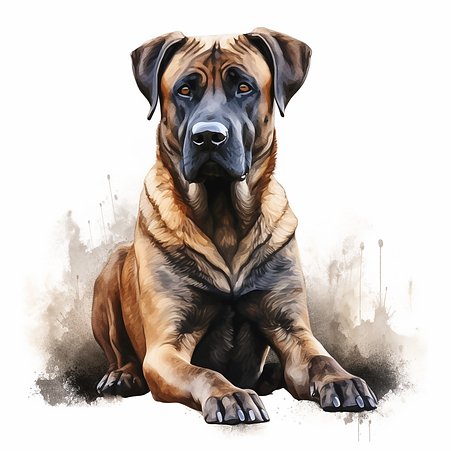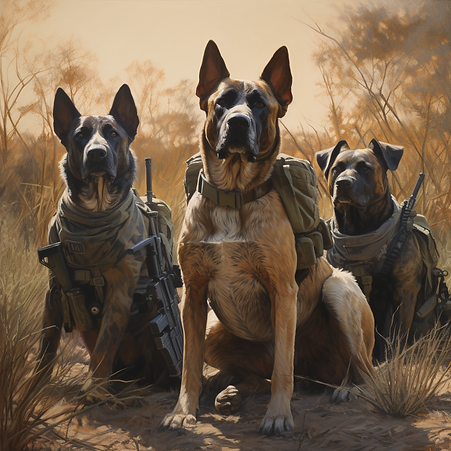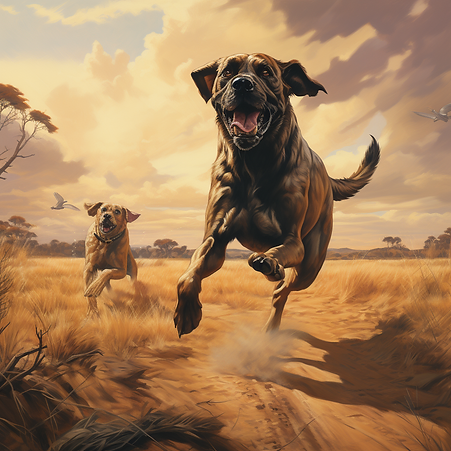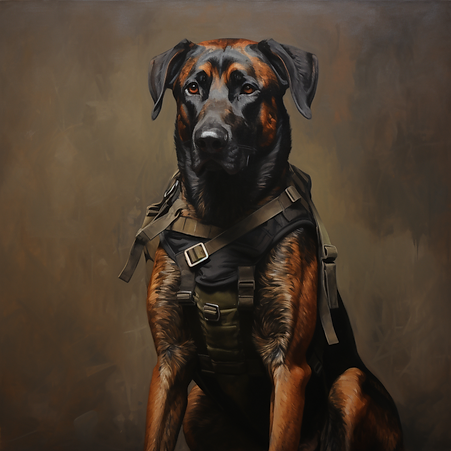
An Introduction
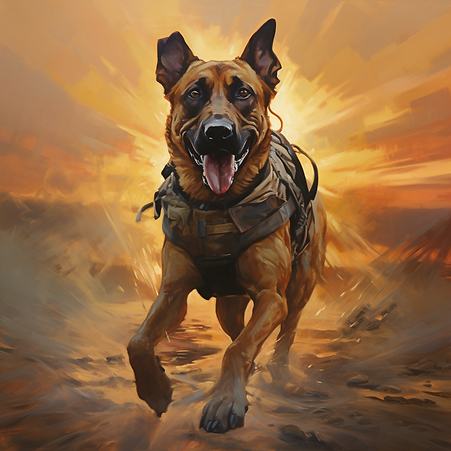
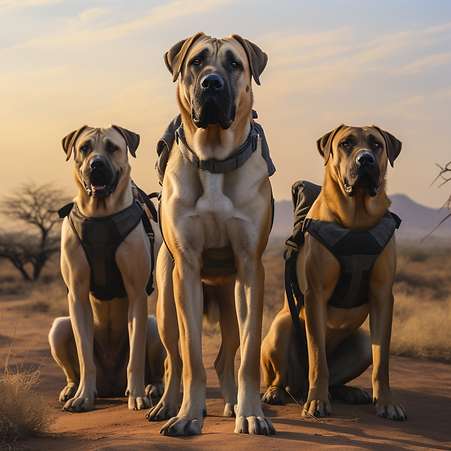
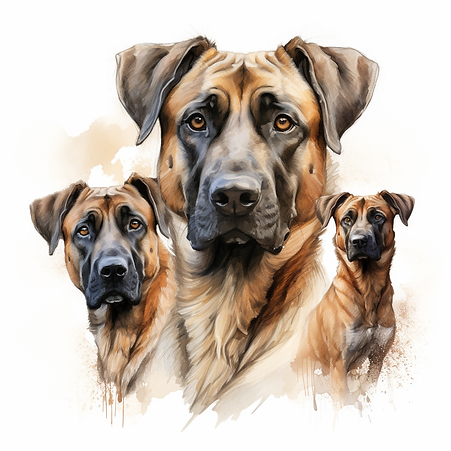
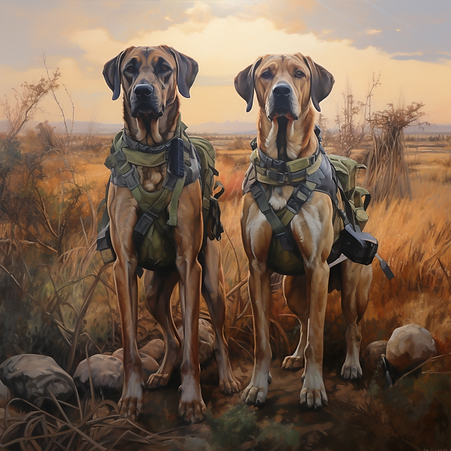
The Bosbevaring Hond (BOSE-bef-ah-/r/ng Hoandt), more commonly called the Gevaarlik (GHAF-arr-LEK), is a new fictional dog breed currently in development. Its original foundation started in the Limpopo province of South Africa in the early 2000s, in the areas of Ellisras, now called Lephalale, and the D'Nyala Nature Reserve. Their work has been extended to several other private properties around Ellisras, including Steenbokpan, and multiple other game reserves in the Kwa-Zulu Natal and Mpumalanga provinces. With the dramatic increase in poaching seen over the last several decades, anti-poaching dog programs were developed across the continent to aid in the takedown of these illegal operations.
Often used today are breeds such as the Belgian Malinois, German Shepherd Dog, and Bloodhound. These dogs are trained to track and/or take down poachers in the unforgiving African bosveld, among other important tasks such as locating orphaned animals or stashes of ivory. The private companies which raised and trained these dogs as part of their programs noticed major inconsistencies in the traits and temperaments of the purebred dogs that entered their facilities, especially relating to the specific demands of the environment they worked in.
A plan of action was established to produce a dog that would better meet the needs of these militias. They needed an animal that was large and powerful enough to hold its own in confrontations, but also athletic and durable enough to apprehend poachers and work all day in all kinds of terrain. The dog needed to have a superior sense of smell that would prove highly reliable in life or death situations, with excellent night vision to aid night-time patrols. It needed to be intelligent, biddable, and ready to defend and apprehend at a moment's notice.
A Deeper Look
While the breed project is still very much ongoing, we've seen major success with the breeds chosen thus far.
There are several breeds currently being used to produce the prototype for this new working dog. Each of them serve a very important purpose.
Boerboel: this was an obvious choice for the project as the breed is incredibly large, fiercely protective and loyal, with an unbreakable confidence. Its ancestors have survived and thrived in the African bush and have done a tremendous service to the families they've protected through the centuries.
Rhodesian Ridgeback: another native African breed, this dog is somewhat related to the Boerboel but possesses a more athletic build with a stronger hunting instinct. They have a long history of serving their families by defending the homes against dangers and even assisting in lion hunts in old Rhodesia, now Zimbabwe.
German Shepherd Dog: this breed is a no-brainer for many military operations throughout the world. It's revered for its intelligence, loyalty, and versatility, and adds considerable size to our bloodlines as well.
Belgian Malinois: much like the German Shepherd, this dog now works more frequently in police departments and the military than any farm setting. Its intelligence, drive, and incredible athleticism paired with its ferocity makes it an excellent choice. We see this breed project as more of an improvement on the service provided by the malinois than any other breed.
Bloodhound: highly-regarded for its incredible sense of smell, this scenthound is used extensively by law enforcement to track the missing as well as fugitives. In addition to the Malinois and German Shepherd they are also a popular choice for many anti-poaching programs throughout the continent.
Other Breeds: the following dogs may also be introduced into the program in small numbers. Not all will be bred from: Dutch Shepherd, American Pit Bull Terrier, German Shorthaired Pointer, Rottweiler, Beagle.
An Unlikely Addition: along with the multiple breeds of dogs being used in the program, we will be selecting a number of golden jackals to create the ultimate tracking ability. Jackals are known for having a sharper sense of smell than dogs as well as a degree of night-vision that their domesticated cousins lack. This decision was inspired by the famous Sulimov dogs of Russia, who were developed to be expert detection dogs for a Russian airline. The goal is to produce bloodlines which have approximately 20-25% Jackal blood while also preserving the positive attributes of the dog breeds utilized.
Appearance
It is expected that this breed will be large to extra large in size, with males weighing at least 120-150 lbs at maturity. They will have very short, dense double coats and thick durable paw pads to protect them from the harsh terrain of the bush. Their heads are expected to be moderately large with powerful jaws and either pricked or drop ears. They are expected to have some jowl especially at the end of the lip, and light wrinkling on the face and withers but this may or may not be present in all individuals.
The most common colors will be sable, mahogany, brown, fawn, cream, and brindle, but solid black coats as well as tan points and saddles will also be possible along with varying levels of white. Ticking and/or roaning may be a possibility but may or may not be prevalent within the bloodline. Dogs will usually have a black mask to some degree. Liver may be possible but its regularity will depend on how many miscellaneous breeds are introduced into the lines. Eye colors will range from dark brown to amber to yellow.
